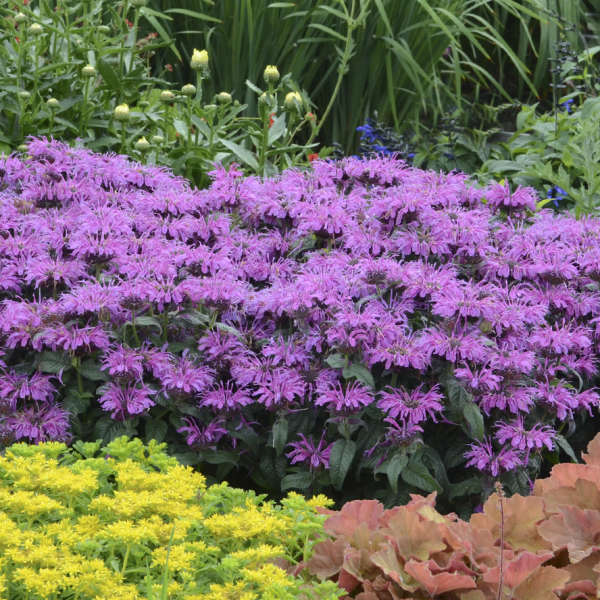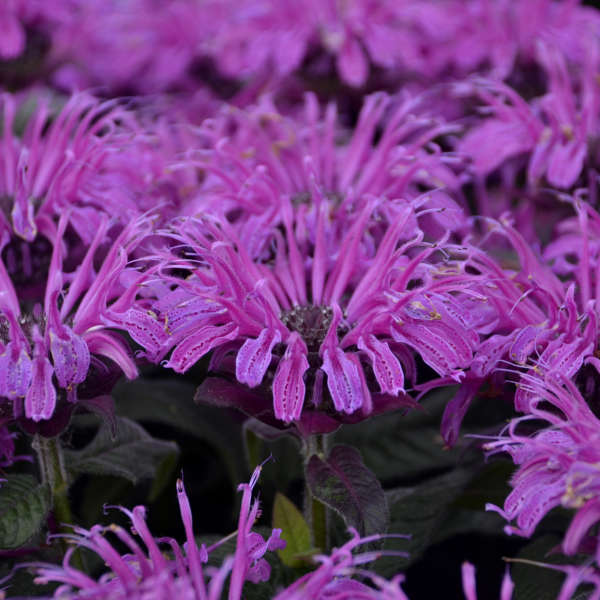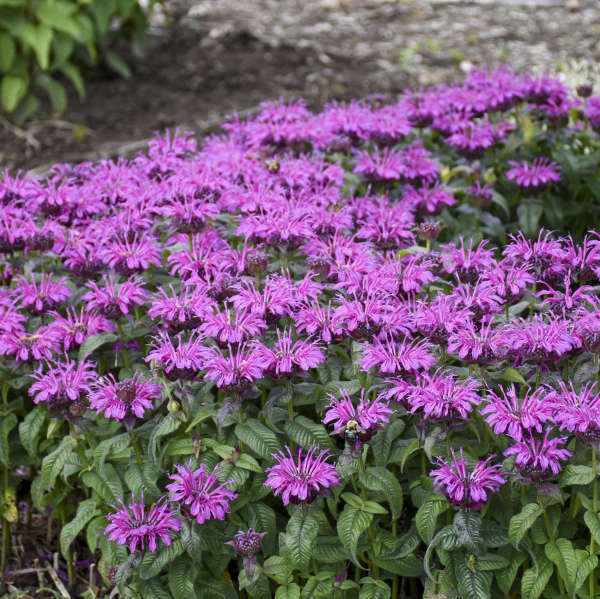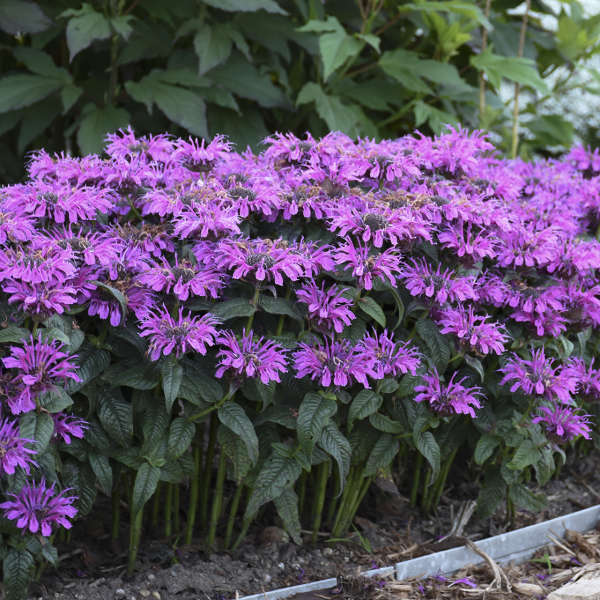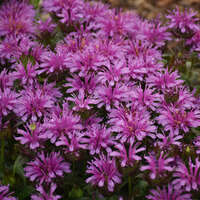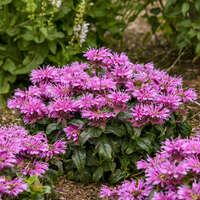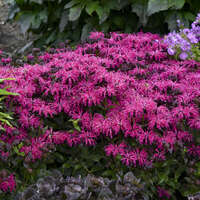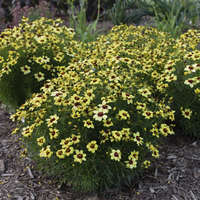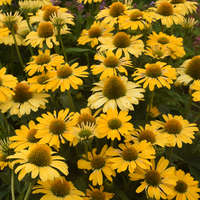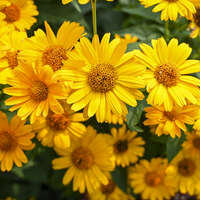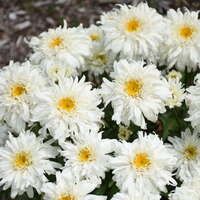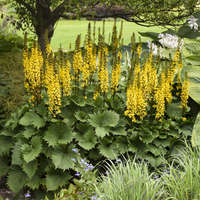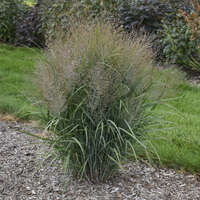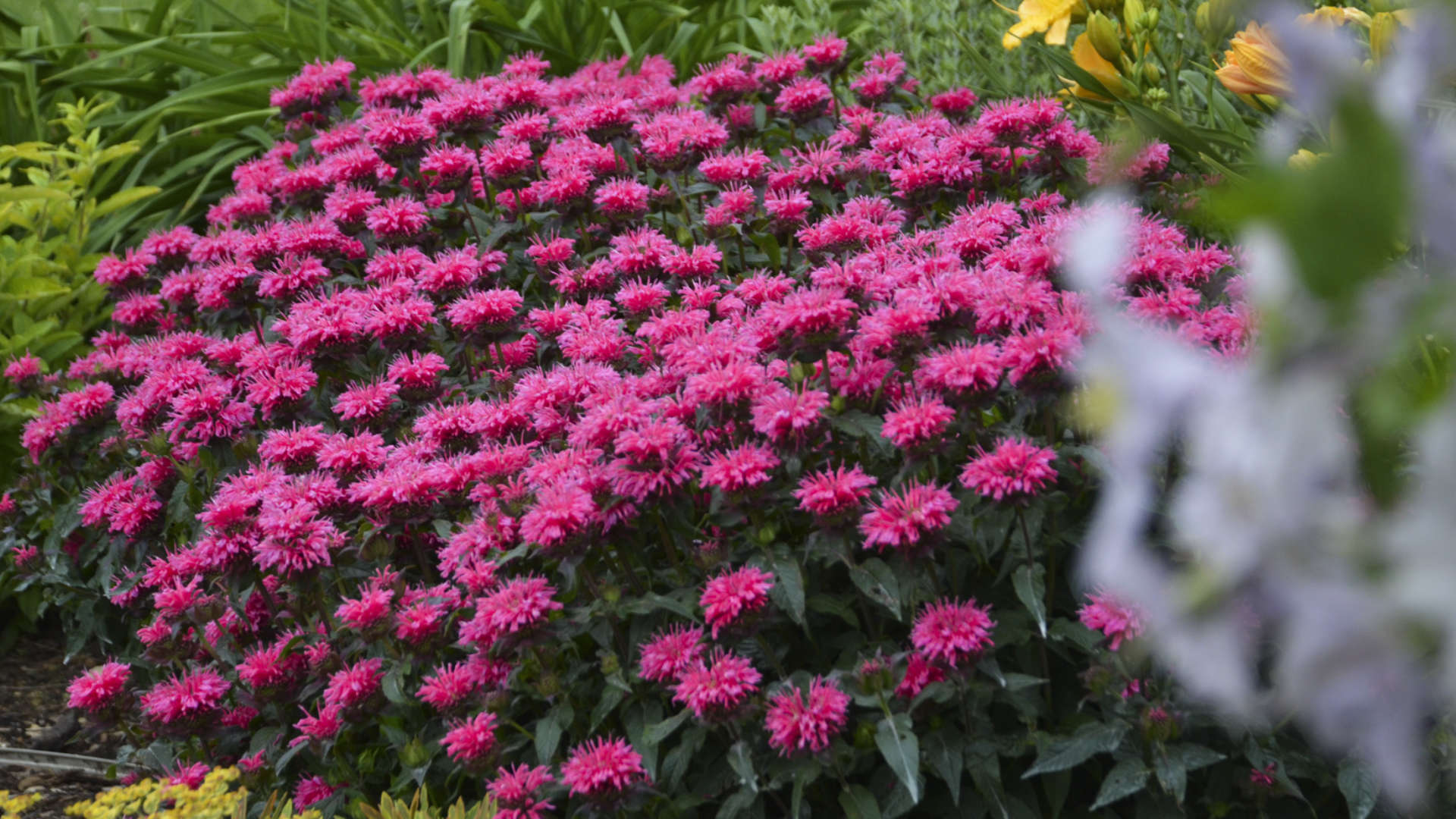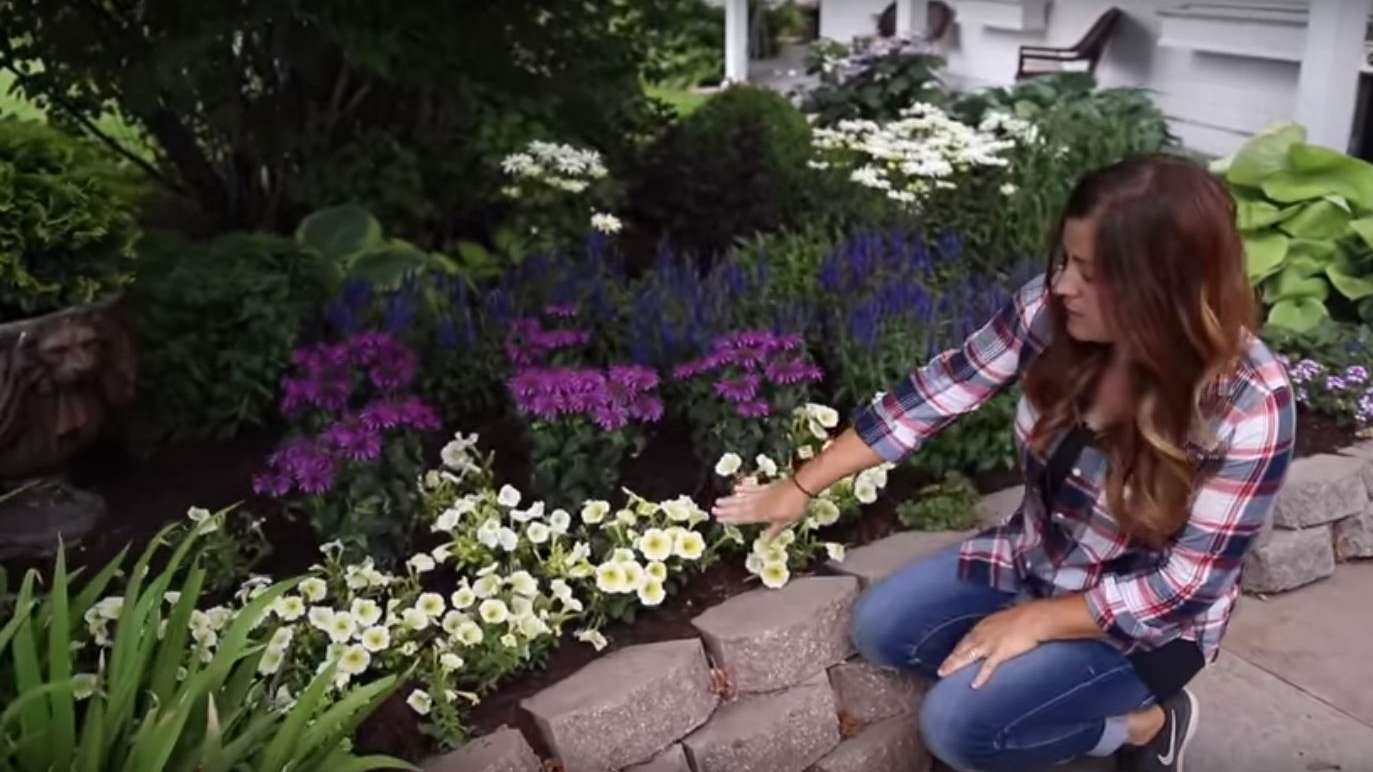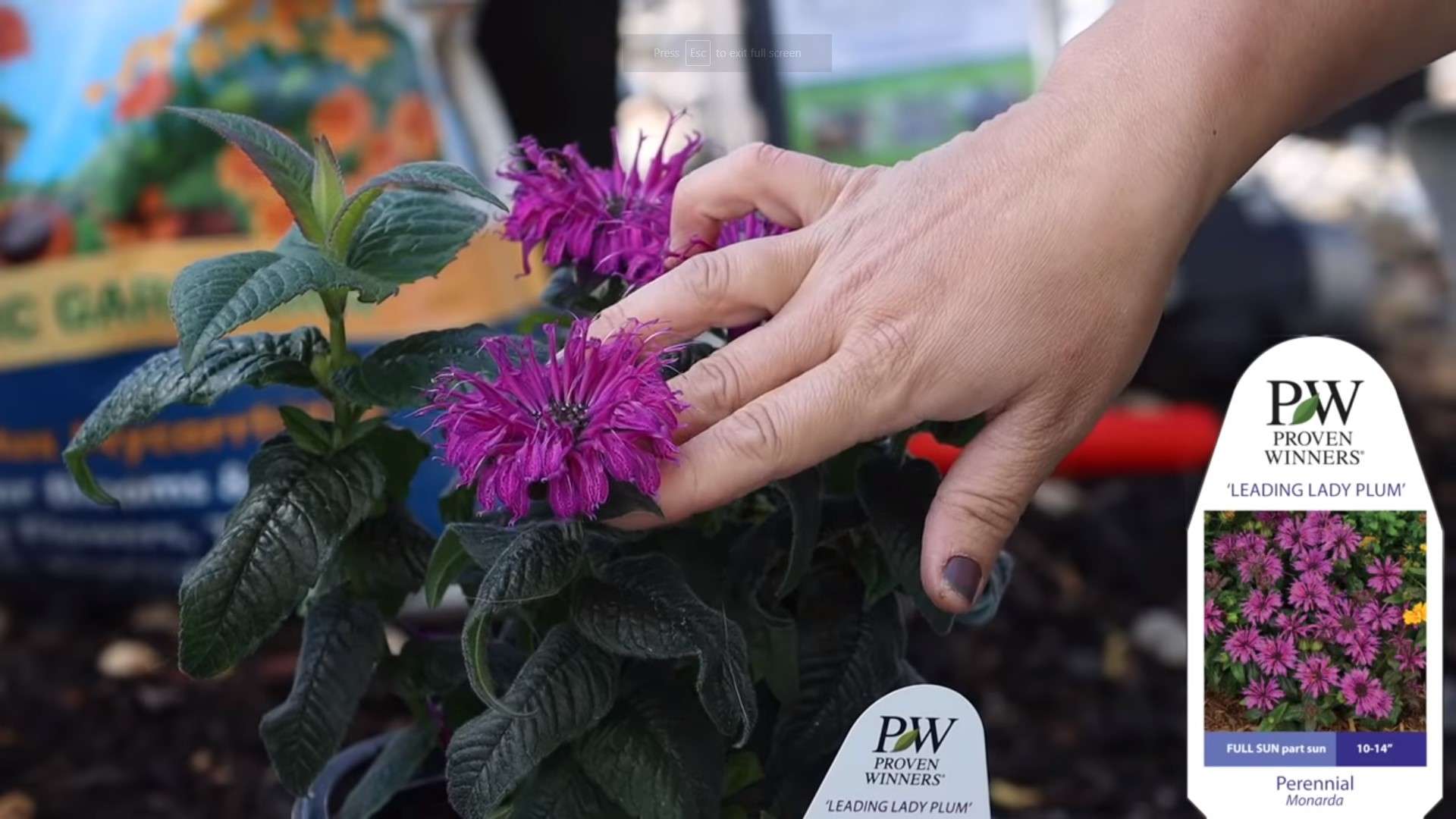Monarda 'Leading Lady Plum' PP26447 CPBR5566
Leading Lady Series
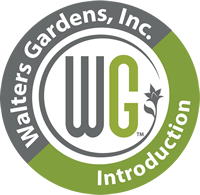

Common Name: Bee Balm
Bee Balm typically bloom in midsummer, but 'Leading Lady Plum' leads the way in early summer, flowering earlier and forming a more compact clump than other Bee Balm (like 'Pardon My Purple'). This variety typically blooms from early summer (first week of June in Michigan) into midsummer and grows just a foot tall.
'Leading Lady Plum' has densely branched, dark green, somewhat glossy foliage and is topped with magenta purple blossoms coddled by deep blackish purple bracts. A fine mist of dark purple spots appears on the open petals. After the first flush of flowers is passing full bloom, a secondary flush blooms above the initial flowers, extending the color show into midsummer.
'Leading Lady Plum' is well-behaved in the garden, it stays where you plant it and doesn't run around. The blossoms have sweet nectar that is highly attractive to butterflies, hummingbirds, and honeybees and the aromatic foliage is naturally deer resistant.
128ct Plug Tray |
20ct Plug Tray |
72ct Plug Tray |
